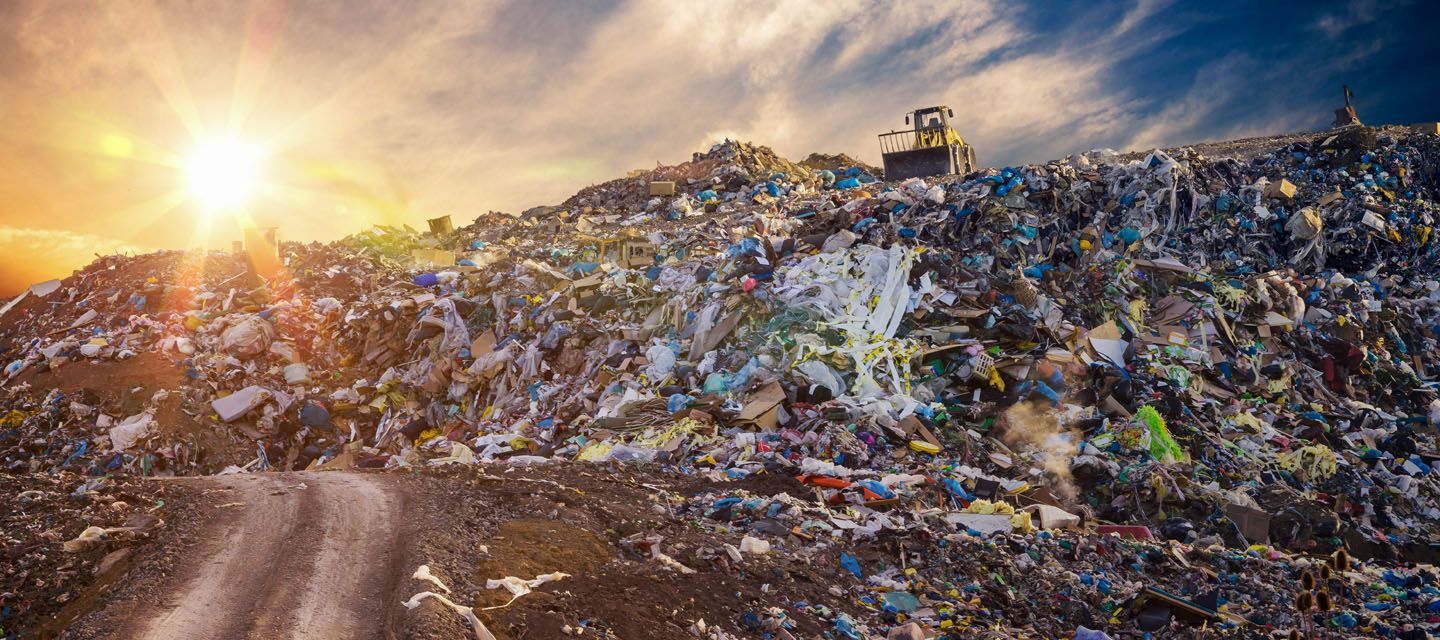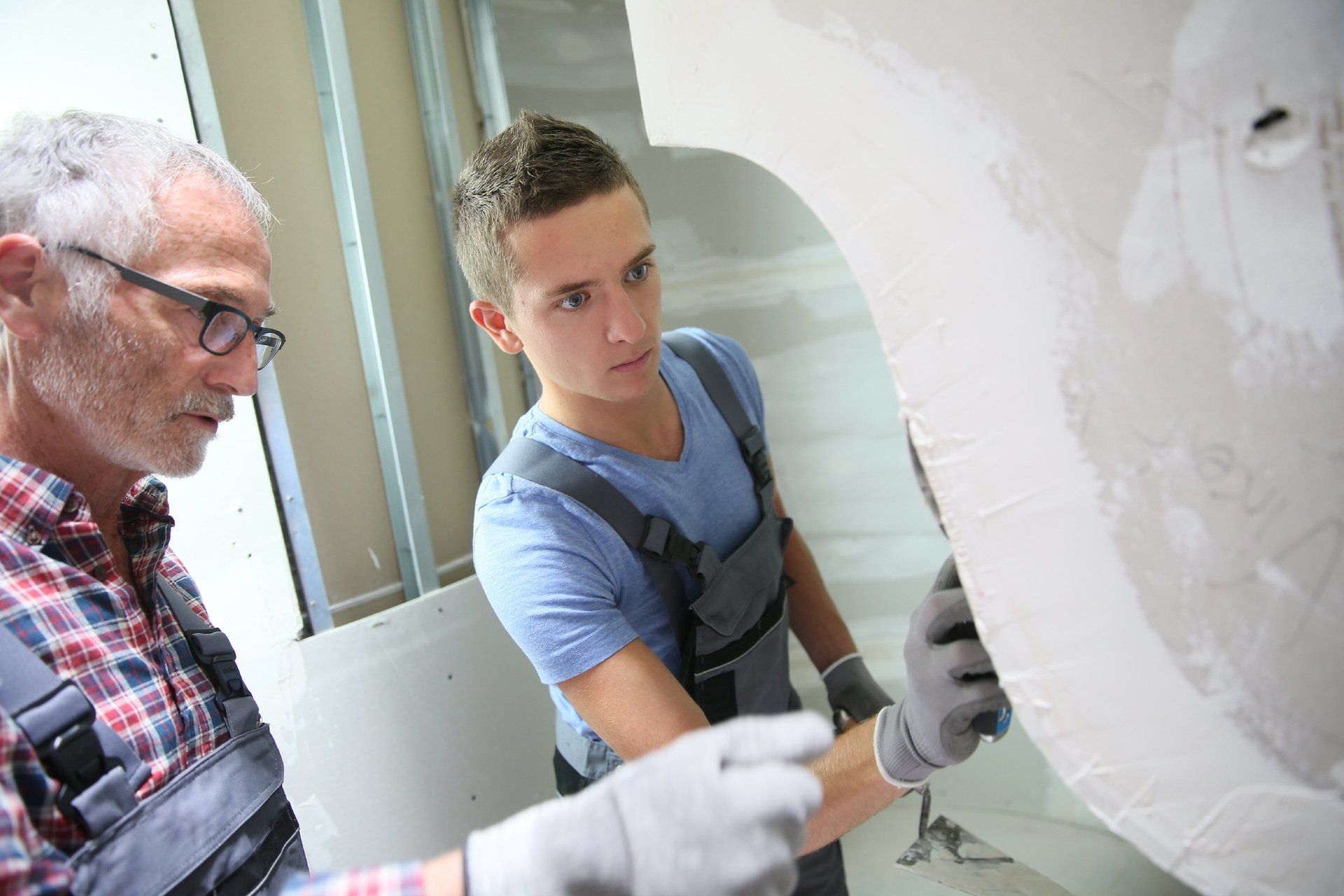Actions to Take in the Event of Asbestos Exposure at a Work
If asbestos materials are disrupted, microscopic fibres are released into the air which can be fatal if breathed in

If asbestos materials are disturbed, microscopic fibres are released into the air which can be lethal if breathed in. So what should be done should accidental exposure occur at the work site? Here are a few measures that can be taken to safeguard one's wellbeing if asbestos has been disturbed.
When asbestos materials are damaged and its tiny fibres become airborne, it can create a health hazard. Without precautions in place, removing or disturbing asbestos is very dangerous; so much so that it is the number one health risk. If asbestos has been disturbed and accidental exposure occurs, what steps should you take?
Whenever you're working, it's essential to have the appropriate asbestos survey in place. An effective way to proceed is to ask yourself prior to disturbing any building material in the course of your work or other activity, "Could this building contain asbestos?"
If the response is yes, or you are unsure - a survey is essential.
Once you have identified the issue, you should take steps to stop people from coming into contact with it. If needed, you may need to hire an expert to assist.
Sadly, there are still cases of unintentional asbestos disturbance. This may be because the person unknowingly has asbestos present, or they don't recognise the hazard it presents. Speed is essential in order to contain the hazardous asbestos particles and make the area safe.
What locations might someone encounter asbestos unexpectedly?
You might be surprised to learn that asbestos disruption is more frequent than you'd expect. This is because it was used in a multitude of building materials prior to its prohibition in the UK in 1999. These include walls, ceilings, floors, doors, insulation, cladding, partitions, voids, panels, tanks, boilers, pipework and structural elements. Consequently, it is likely that any building constructed prior to 1999 contains asbestos in some form.
Prior to the year 2000, asbestos had been extensively utilised in both newly constructed and renovated buildings; as a result, a great deal of these edifices still feature some form of asbestos.
Those employed in the construction sector are likely to encounter asbestos during their job. Every week, approximately 40 workers who have been exposed to asbestos in the past pass away. Even though there are regulations in place to protect against asbestos exposure, accidents can still occur. If demolition reveals unexpected asbestos-containing materials, what is the appropriate course of action?
If you are concerned that you may have been exposed to asbestos:
- Cease work
- Leave the area
- Restrict entry
- Prevent the spread of fibre
- Seek expert assistance
Cease Work
If you are not permitted to work with asbestos and suspect that you have disturbed a material containing asbestos, it is essential to stop work right away and remove yourself and anyone else in the vicinity.
Leave the area
It is advisable to leave the vicinity immediately, providing there are no more significant risks in doing so.
It is essential to stay in one spot and get assistance if there is dust or dirt on your clothing. Putting on respiratory protective equipment, such as a P3 respirator, will reduce the risk of inhaling hazardous fibres. Moving around while contaminated may expose you and others to asbestos fibres, so it is best to remain in one place.
It is essential to take precautionary steps to prevent the spread of asbestos.
To avoid spreading the fibres, use damp cloths to wipe away dust. Avoid dry brushing or using your hands to rub down, as this can result in more fibres becoming airborne and increasing the risk of inhalation.
In order to get rid of asbestos-containing garments remove them slowly by rolling them inside out, this will trap the fibres inside the clothes. They need to be thrown away as hazardous waste. Any cloths used for clean-up must also be discarded as asbestos waste. Additionally, it is suggested that you take a shower and wash your hair, as the fibres can stick to body hair.
Prevent entry to the location.
It is essential to take the required steps to protect those around you from asbestos. An area should be blocked off and a warning sign reading 'possible asbestos contamination' should be visible. Asbestos fibers can linger in the air for a number of days and any particles that have settled can be stirred up again with activity. So, avoid entering the area until it has been made safe.
Seek out the advice of an expert in asbestos
At this point, it is important to alert the client and to seek advice from an asbestos surveyor or a competent asbestos consultancy such as Consulo Compliance. This will enable them to obtain a sample of the material and then provide an assessment of the type of asbestos it contains and the associated risk level. For instance, asbestos-based cement products generally present a lower hazard than asbestos insulation boards, although even with 'low risk' products, the risk is still present..
Once the asbestos has been disturbed and cleaned, it should be either sealed and marked for future recognition or taken away from the premises.
Prior to any building work that may disturb asbestos, it should be removed. If you are not suitably trained in this area, you should not attempt the task yourself, and instead, bring in an asbestos removal specialist, even if the work doesn't require a licence, it is advisable to hire a fully licensed contractor.
A contractor who is licensed by the Health and Safety Executive (HSE) must complete any work related to asbestos, such as lagging, insulation and insulation board.
Consequences of being exposed to asbestos
If it has been verified that asbestos fibres have been released and personnel have been exposed to them without protection, then it is necessary to report the episode to the Health and Safety Executive in accordance with the Reporting of Injuries, Diseases and Dangerous Occurrences Regulations as a dangerous event.
Coming into contact with asbestos inadvertently would be categorised as an "unplanned exposure to a material that could cause harm to health".
The employer has a responsibility, as per the asbestos regulations, to document any employee not wearing the required RPE or potentially exposed to asbestos fibres in an incident. This should be logged on the employee's health or personal record.
The employee should be given a copy of the note and instructed to keep it for an extended period of time. This is because the onset of asbestos-related illnesses can take many years after exposure has occurred, so it is important to have a record of it over the long term.
You should speak to your doctor if you think you have been in contact with asbestos, and request that the incident be documented in your medical history.
An asbestos surveyor can take a sample after the asbestos-related incident which can provide more details concerning the level of exposure and the kind of asbestos. Also, it should be noted how long the exposure lasted.
It is not possible to identify if asbestos fibres have been inhaled, as it may take several years for any harm caused to show up on chest x-rays.
Stopping inadvertent asbestos exposure
There is no cure for an asbestos-related illness other than prevention. Even if it takes time for the condition to manifest after exposure, its outcome is often deadly. The only sure way to stay protected is to keep away from asbestos.
Therefore, if you are employed in the construction industry, recognise that asbestos is a major risk on virtually every project that involves an existing structure. Get ready ahead of time. Do not put yourself in a position where you would be exposed to asbestos. Become informed about the hazard. Prior to undertaking any task, be aware that asbestos might be present. Request to look at the asbestos survey before beginning the job and have emergency strategies ready. Always adhere to the protective measures that are in place and have the proper protective clothing and respirators. Proceed with caution always.
- Have an understanding of asbestos precautions
- Review the survey for asbestos.
- Be aware of the asbestos management plans
- Abide by the control measures set out in your risk assessment.
- Wear protective clothing and RPE as a precaution.
- Use caution when working in close proximity to asbestos.
The only way to minimise the potential dangers posed by asbestos is to be aware of what is present and to avoid contact with it, particularly for those who are involved in the maintenance or construction of buildings that may contain this hazardous material and may be prone to being disturbed.
Beginning Your Experience with Consulo Compliance
Consulo Compliance offers complete asbestos surveying and management solutions all over the UK. If you think you have disturbed asbestos materials, don't hesitate to contact us! Our team is well-equipped with the necessary knowledge, equipment and expertise to not only detect asbestos, but also manage it safely by encapsulating or removing it.
For a FREE no-obligation quotation, don't hesitate to reach out to us today.









